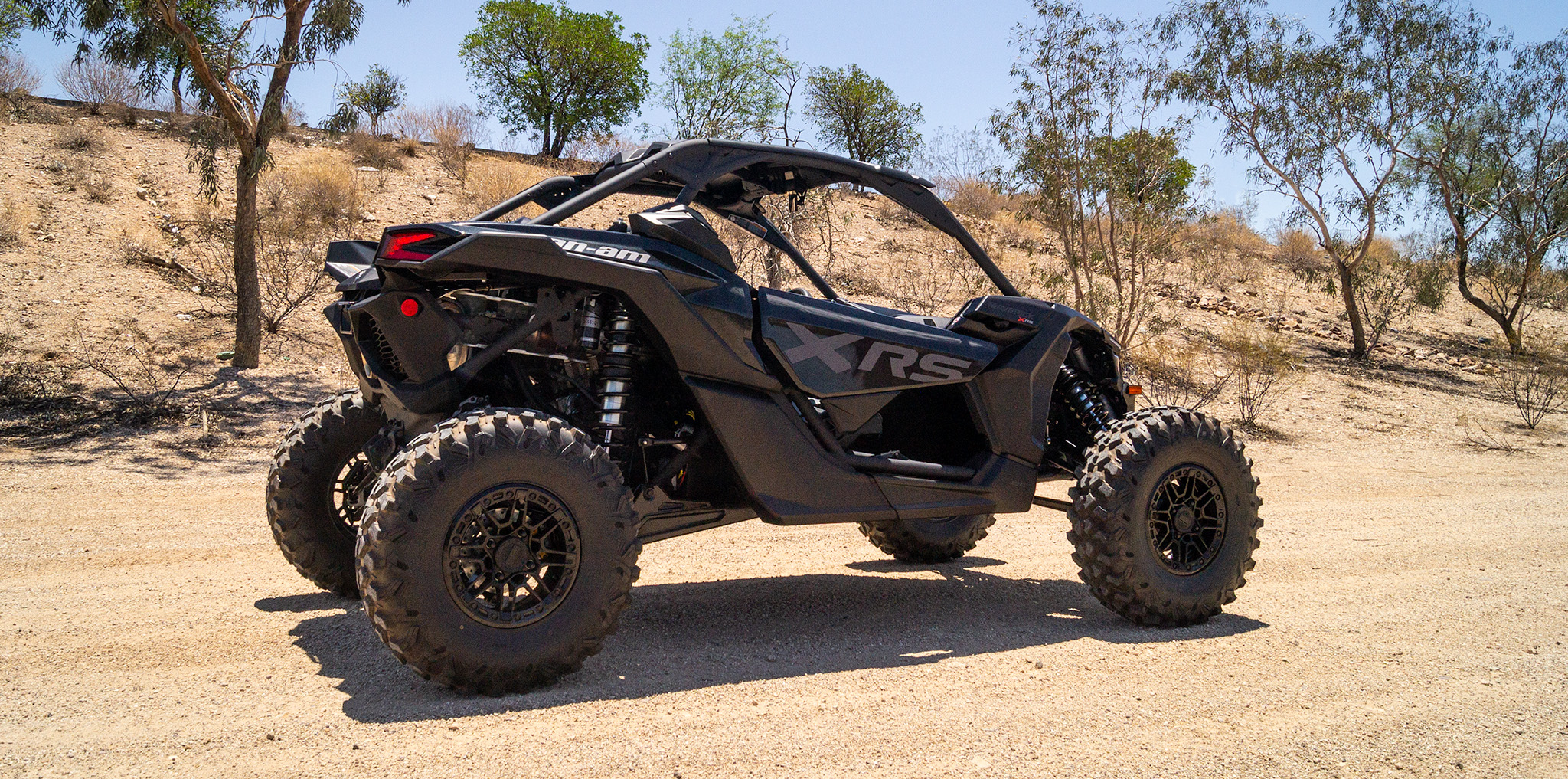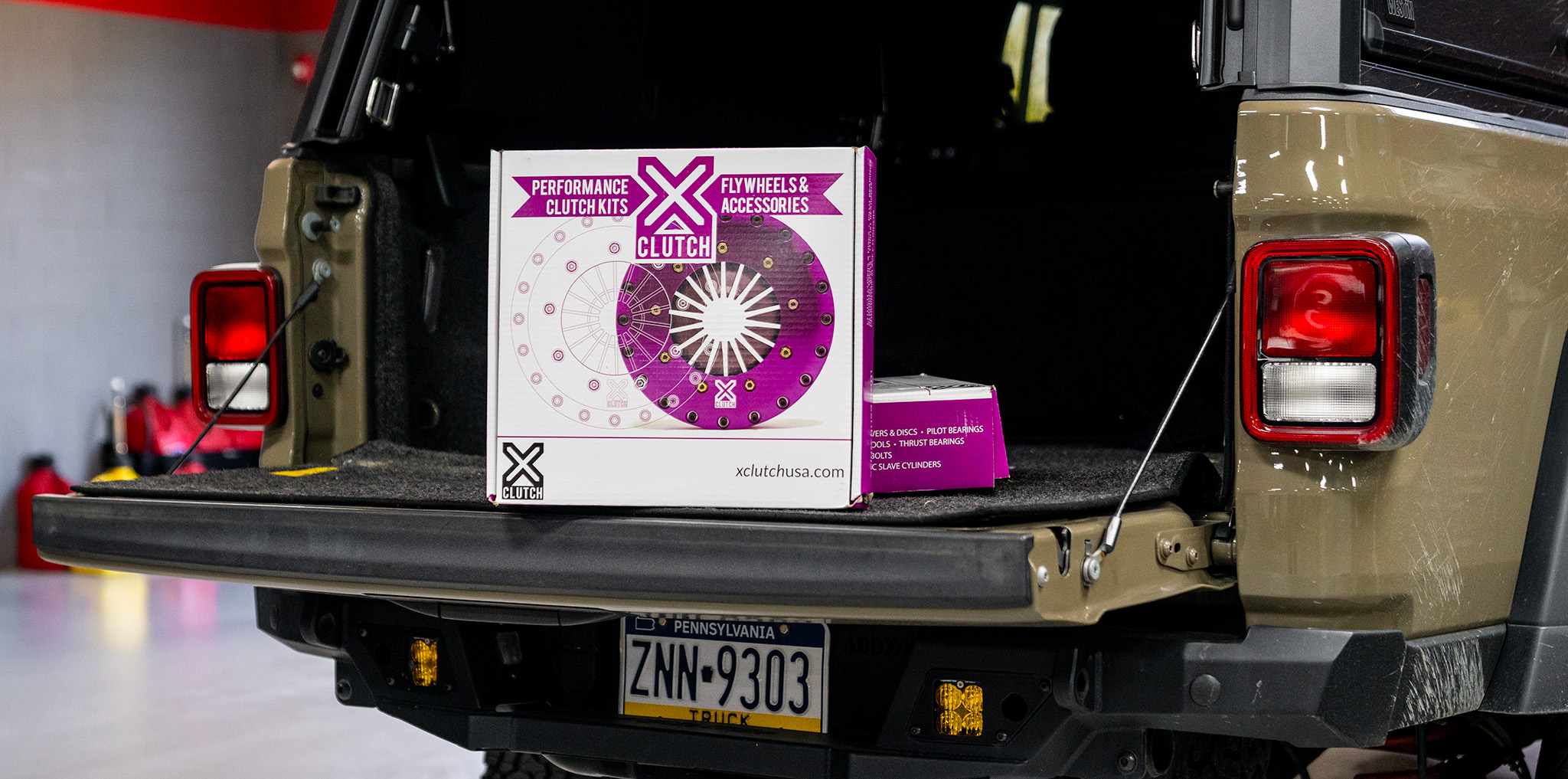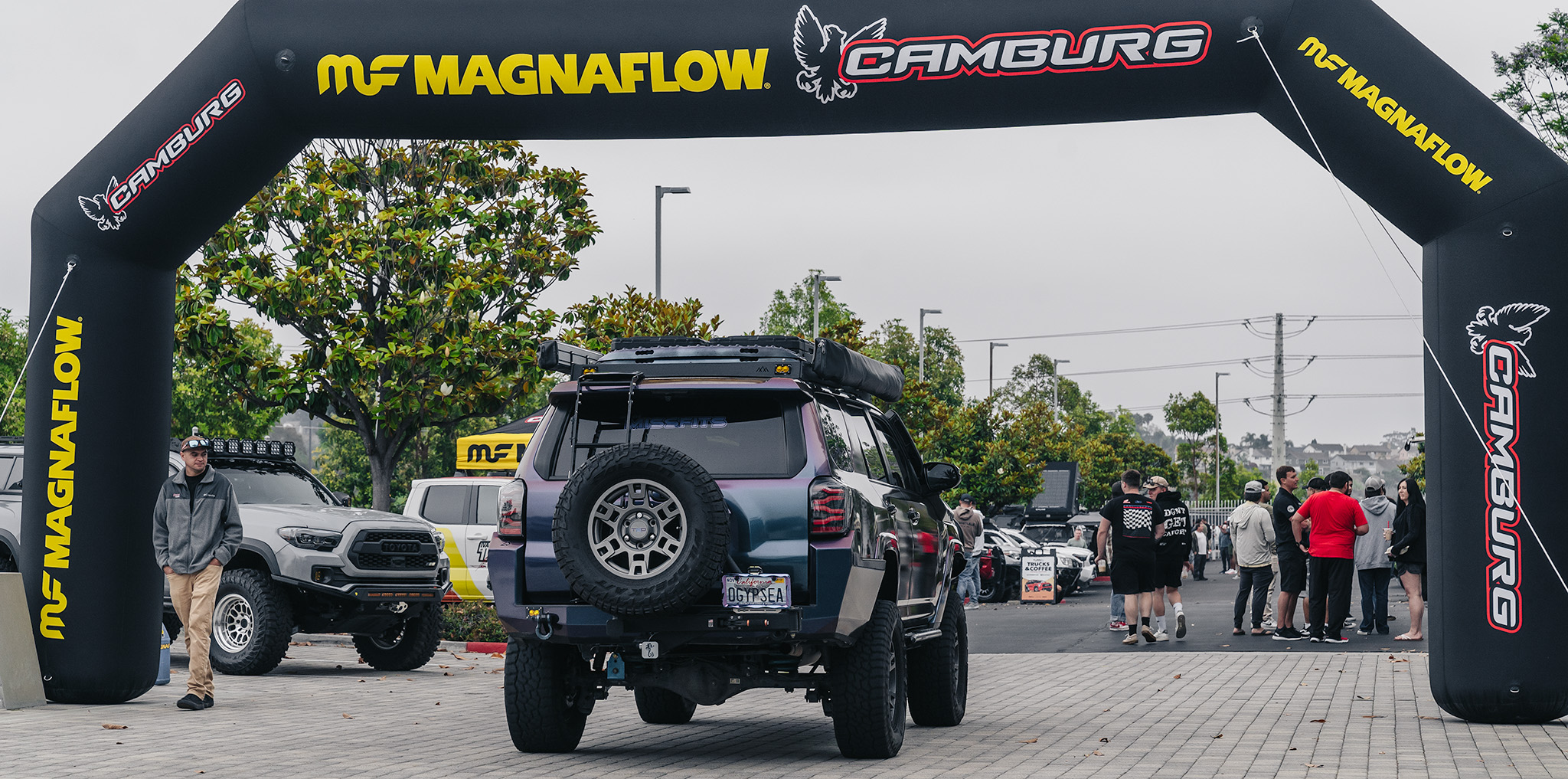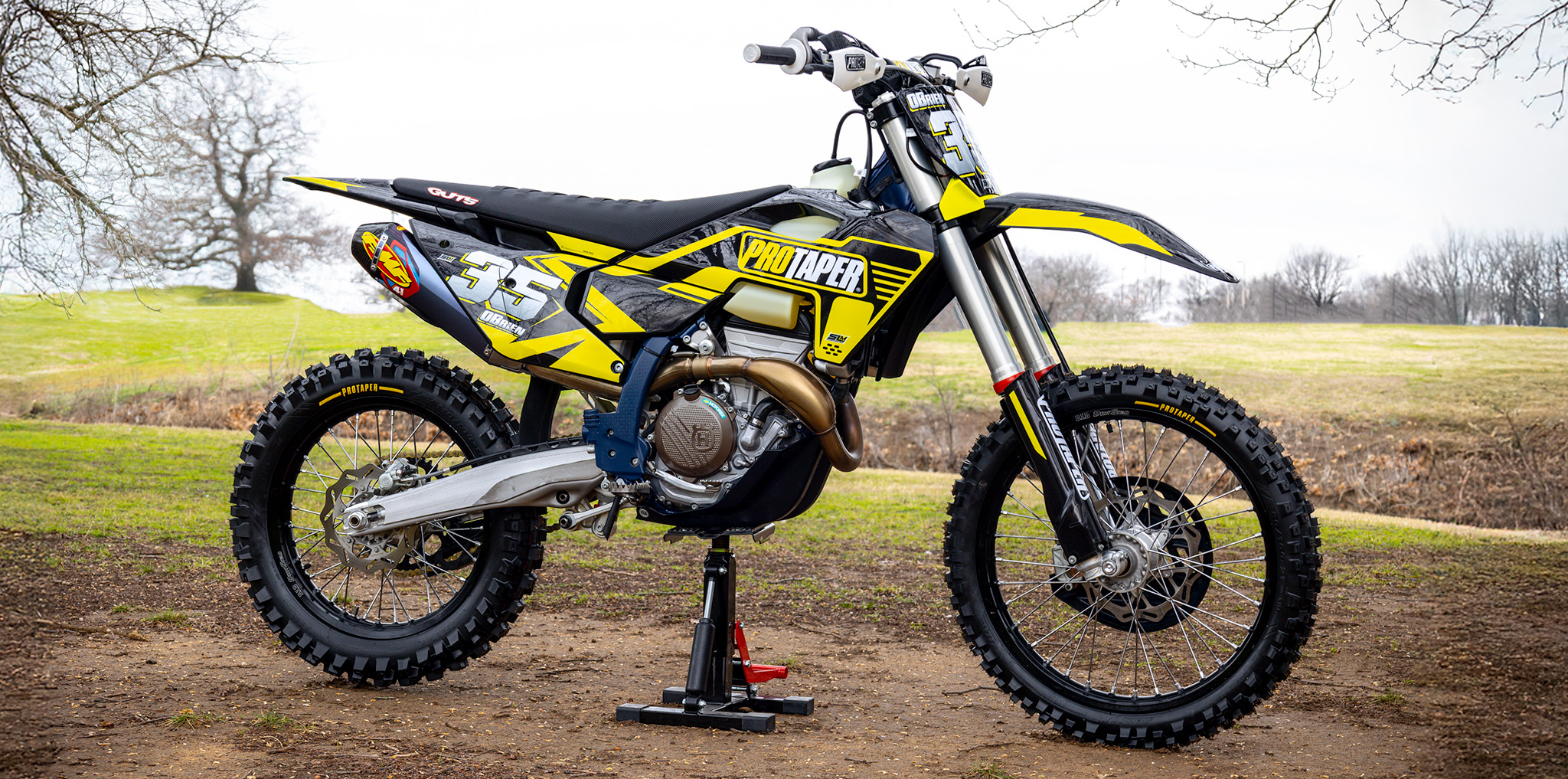
- Drift Indy was established in 2005 by Edgar Sarmiento and T.R. Scrivner.
- The duo has gathered a unique mix of grassroots drift talent, from first-year rookies, pro-am candidates, and soon-to-be pro drivers into its yearly calendar of events.
- Drift Appalachia is Drift Indy’s latest creation and takes drifting back to its roots on public mountain roads — in this case, the Backroads of Appalachia.
- The event repurposed a patch of twisty, mountain road called “Pigeon Roost Hill” to run a hillclimb/downhill combo course.
Never forget where you came from. That exercise in humility has been a driving force for Drift Indy founders T.R. Scrivner and Edgar Sarmiento since the duo founded their organization almost 20 years ago. Since its inception, they have assembled a diverse driver pool, from first-year rookies, pro-am candidates, and soon-to-be pro drivers into its events. Its partnership with D1GP Underground had afforded Drift Indy a unique privilege as well: the top four Drift Indy drivers would earn a drive in the D1GP USA Series.
Given its rapid ascent, most would quickly assume that Drift Indy had grown too big to accommodate beginners and that its entire operation would shift toward becoming a feeder league for pro driving series with little exception. But you’d be wrong. Drift Indy’s success has never tainted its mission to create a safe and positive environment for a sport built on simple principles: style and fun. If anything, its long-standing presence made Drift Indy eager to return to those innocent principles to give a new generation a chance to experience drifting the way we did as kids.
MAGIC MOUNTAIN
Although drifting didn’t officially have its roots on the streets, mountain roads became a popular venue onto which motorsport racers and enthusiasts could improve their technique. Option and Drift Tengoku helped fan the flames for this budding grassroots driving style; the legendary Keiichi Tsuchiya even had a regular column in Option magazine to help solve readers’ problems to become more proficient drifting pilots.
Without going through an entire prologue of the sport, the point is this: it’s almost impossible to separate the act of drifting from street culture, especially on the Touge. Drift Indy knew this too and made it a priority to create an event that would bring drifting back to the mountain pass.
APPALACHIAN AGGRO CRAG
I’m going to quickly run out of mountain section titles so bear with my 90s Nickelodeon reference here. Since Japan is a scant 6,400 miles away from Indianapolis, it was inevitable that a stateside venue would have to play host to Drift Indy’s ambitious event. Fortunately, Erik Hubbard, the head of Backroads of Appalachia, approached the Drift Indy crew with an opportunity: to host the event on its 4,500-mile roadway comprised of 52 mapped trails of various lengths in Lynch, Kentucky.
I mention the town because it’s part of one of the poorest counties in the state — an unfortunate victim of a coal town gone largely vacant. The Backroads of Appalachia is a 501(c)3 non-profit organization that leverages motorsports-focused tourism to help drive economic development, job training, and overall opportunity in impoverished areas like this.
The trail that Drift Indy selected is called “Pigeon Roost Hill”. I’m not sure whether this type of action goes down here, but what I can say is that the course was a cool hybrid — it’s a half-mile up and a half-mile down — and provided each driver a chance to showcase their skills in true Initial D fashion.
KEPT SECRET
I didn’t hear about this event until my friend Brad Sillars (who shot the event for us) gave me a heads-up that this was in the works a few months ago. Still, even up until the day before the event itself, the details were kept under a pretty tight lid, even for Brad who trekked from Chicago to shoot.
En route to the Media parking area, he hit a particularly interesting stretch of backroad that made him second guess his 50mph speed. It was downhill, fast, and technical. On one side were cliff walls and on the other, were guardrails protecting motorists from a potentially deadly drop. “I inquired which way and how far the circuit was from where we were parked,” said Sillars. “He paused and smiled and pointed to where I had just come from, Iff you came from that direction, you just drove through it’.” It was at that moment the enormity of the situation became apparent for Brad — this was a public highway road in Jackson County, KY with very little room for error — and Drift Appalachia was going to shut it down to drift it.
RUNNING UP THAT HILL
Despite the collective experience in the driver’s area, very few of the drivers had run a Hillclimb event before. Knowing this, Drift Indy made safety a high priority. “This is where Derek King’s expertise came in, having run SCCA Hillclimb,” Sillars continued. “Edgar, Derek, and Chelsea tag teamed the meeting, bestowing the drivers with their wisdom on how to attack the circuit and, well, not die.”
As you’d imagine, the first heat was rather pensive. But as each driver came to terms with the course and the grip surface, we were treated to more exuberant displays. From Brad’s point of view behind some guardrails, it was even more intense. “Heat after heat the drivers slipped into a groove — faster, more aggressive, linking turns, closing in proximity to the walls, rails, and edges of the pavement — this was fucking Touge.”
When the event was done, everyone packed up, and regular traffic resumed. The only indications that the event had even taken place were a few knocked-down signs and some rubber laid on the road. The remnants gave little indication of how treacherous the course was; like Pikes Peak, if you get it wrong, it’d go very wrong. But that’s a huge testament to the skill level of the drivers on hand and the organizers who vetted them. The event required a lot of buy-in from everyone involved — including Jackson County itself — and because every possible scenario was considered, the inaugural Drift Appalachia running was a runaway success. There will be another.
WHAT IT MEANS
By no small measure, this Drift Appalachia event created massive ripples in the industry. I liken its impact to Final Bout in a lot of ways. They both have aimed to congregate grassroots drift talent into formats that capture the excitement and style of early drift culture.
The entire thing harkens back to my first point — both brands have never forgotten where they came from — and Drift Appalachia was an earnestly triumphant attempt to bring that spirit back to the mountain pass. It’s a timely effort as Generation Z consumers overtake the landscape — a generation that largely believes brands should be facilitators of their own goals, aspirations, and ascent. The more attainable that drifting feels, the more likely that it will continue to be a part of the conversation. As a byproduct of that buzz, the overall spirit of motorsport may too see an uptick.
Indeed, as a taste-making agency within the automotive aftermarket, we’ve witnessed a shift toward events that create authentic, immersive opportunities just like this. It’s been a rewarding way to promote the automotive culture as an important space to preserve, and Drift Indy has found an untapped niche to supplement that crusade against the picturesque backdrop of Appalachia.
































































































